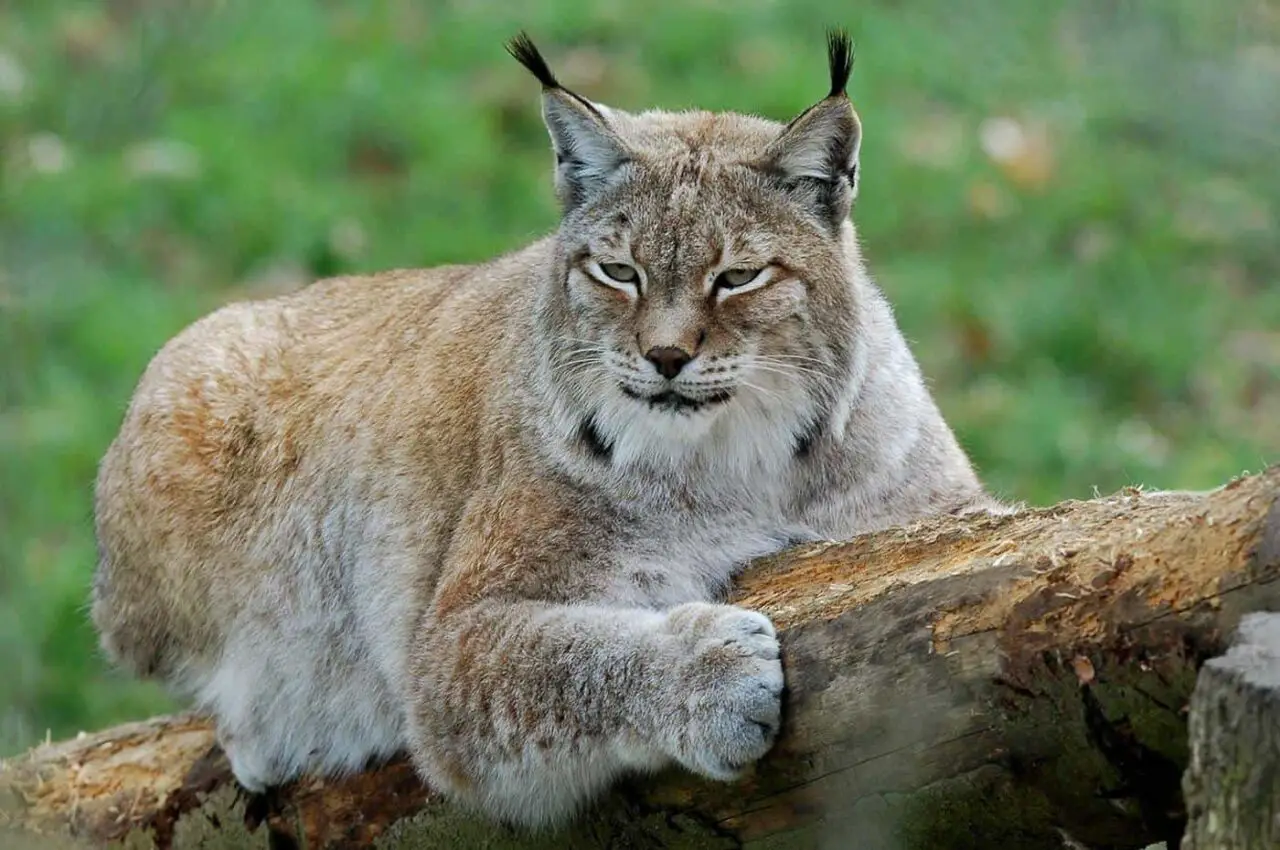The Canada Lynx is a powerful predator that dominates the food chain in its habitat. With its fierce appearance, including ear tufts and green eyes, it sits poised and ready to ambush prey. These lynxes can be found in higher regions, including Big White, and are widespread across British Columbia. Their fur changes from grey in winter to a mottled blend in summer.
One of the advantages that the Canada Lynx has over other predators in winter is its large paws that function like snowshoes. It allows them to move easily across snowy terrain, giving them an edge when hunting.
Many people mistake the Canada Lynx for the bobcat, but there are some distinguishing features, such as black ear tufts, a sloped spine, a flared facial ruff, a short tail, and a taller stature.
It is interesting to note that the ear tufts of Canada Lynx serve a similar purpose to their whiskers, as they can detect even the slightest change in wind and structures above their head. These elusive wild cats, like bobcats and mountain lions, rely on their acute senses of hearing and sight to hunt at night. Rather than chasing their prey, they ambush them. Snowshoe Hares are the primary source of food for lynx, making up about 75% of their diet, but they also eat other animals such as grouse, squirrels, foxes, voles, mice, carrion, and even deer. However, catching and consuming fifty voles is equivalent to the calories of one hare, which burns a lot of energy. These animals face various threats such as starvation due to a drop in Snowshoe Hare numbers, unsustainable trapping, and extensive logging. In terms of physical details, Canada Lynx measure between 30-42 inches in length, have a tail length of 2-5 inches, stand at a height of 24-26 inches, and weigh between 13-29 lbs. Observing and learning about our wild neighbors can be fascinating, making it a great idea to go on hikes with family and friends.
Read more “Touching Stories about Cats” at Stories – Cute Cat Lover
